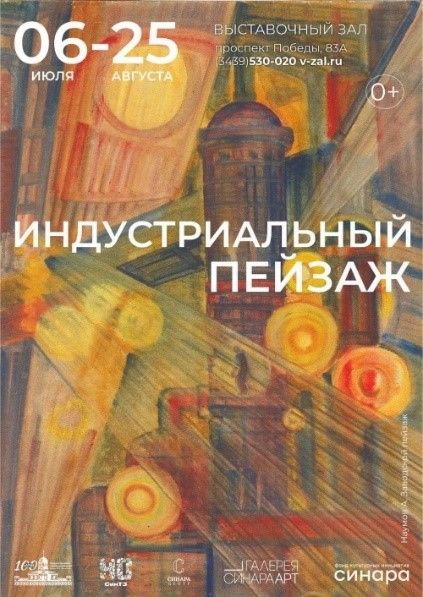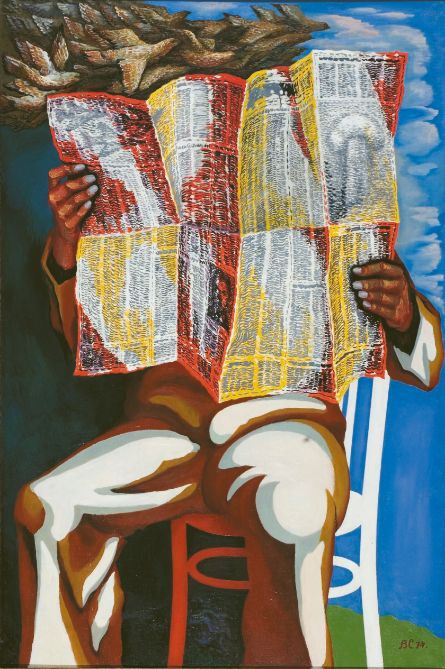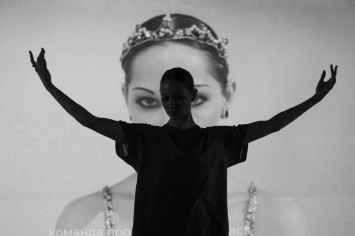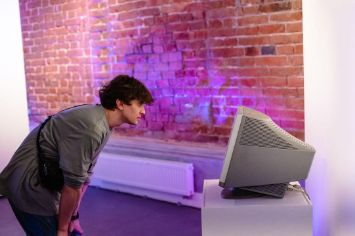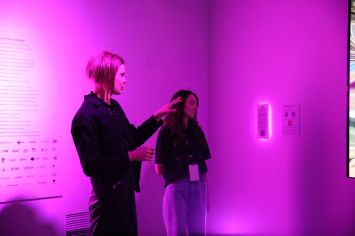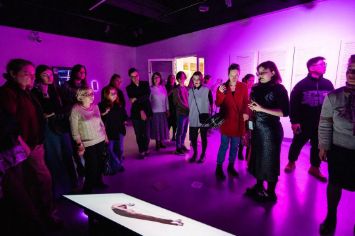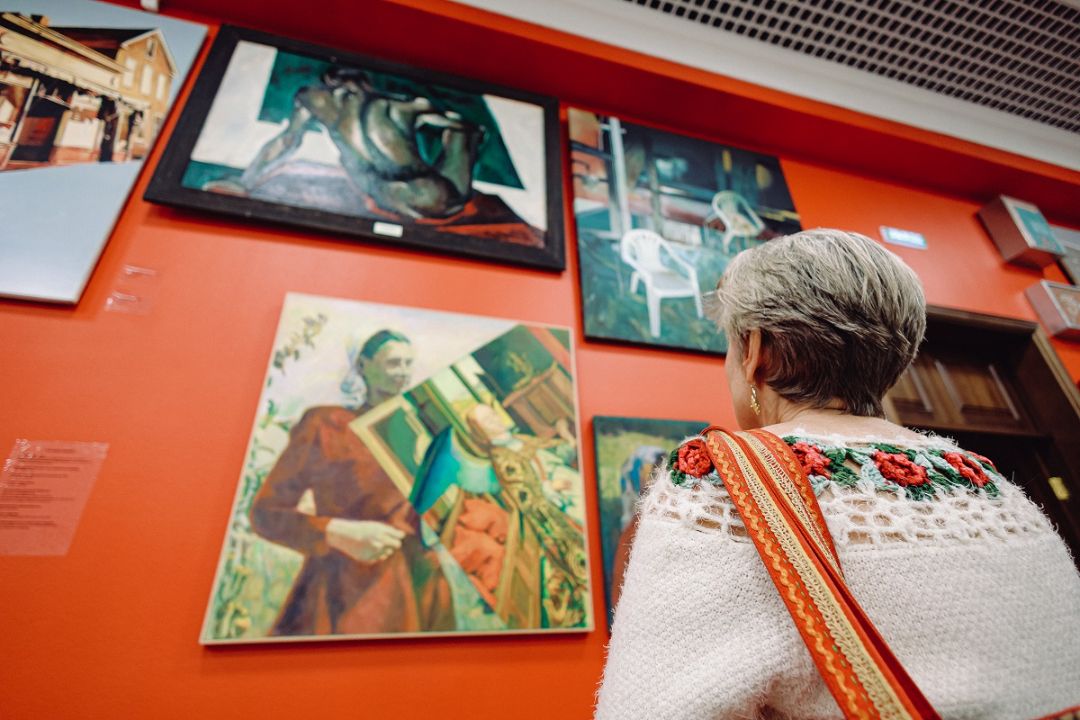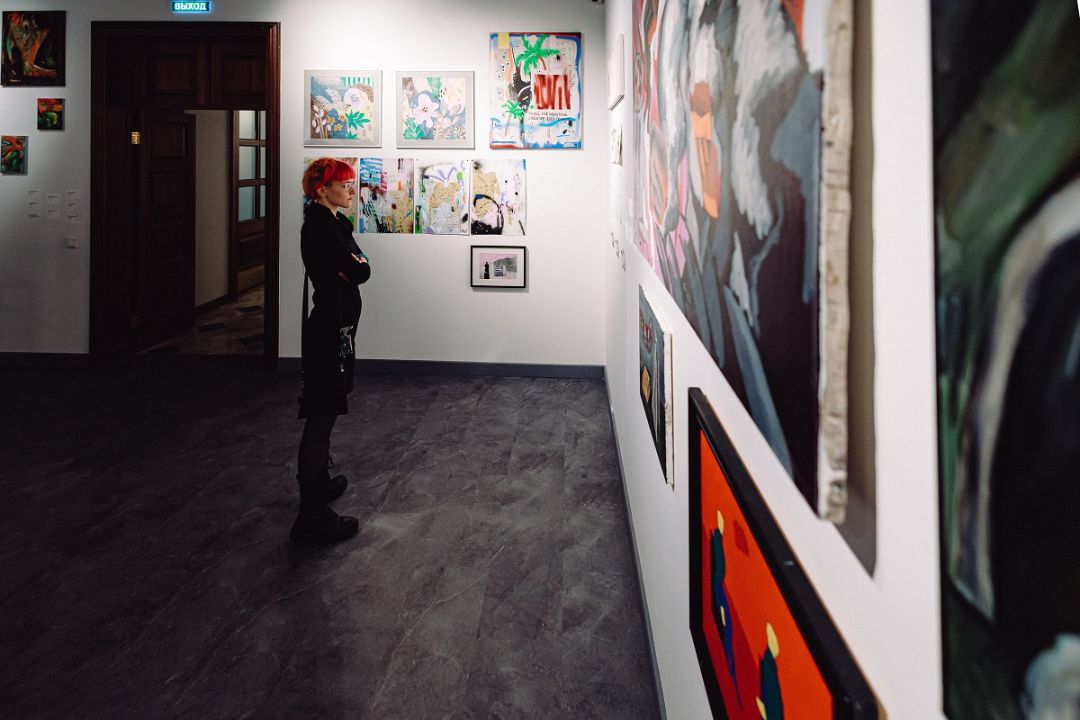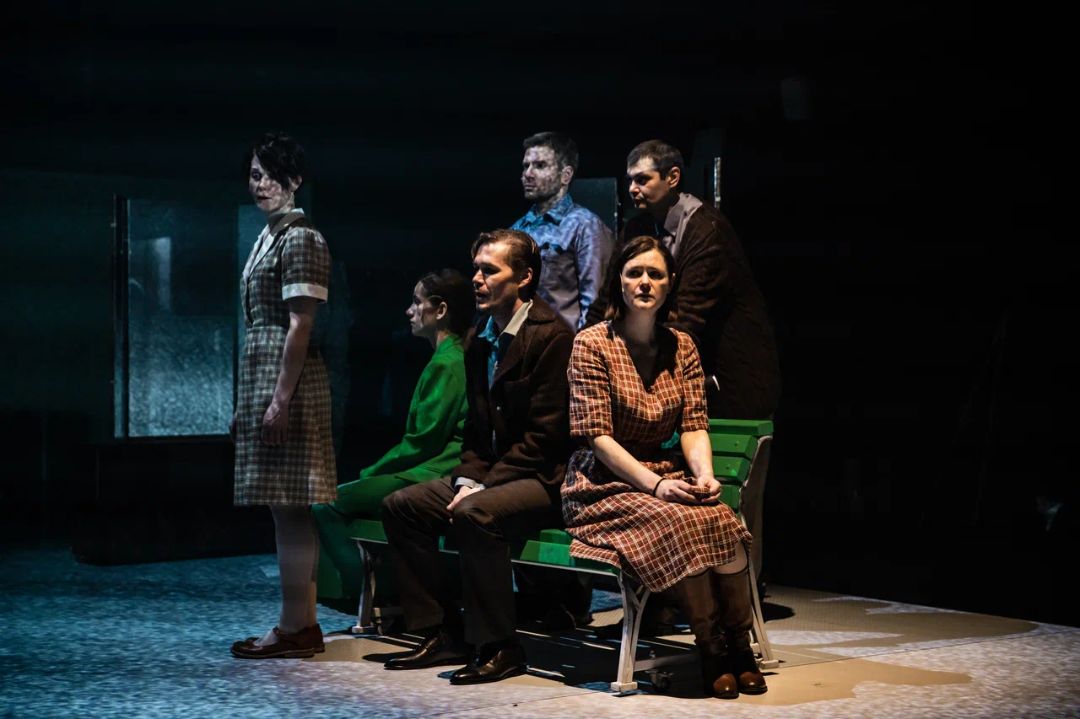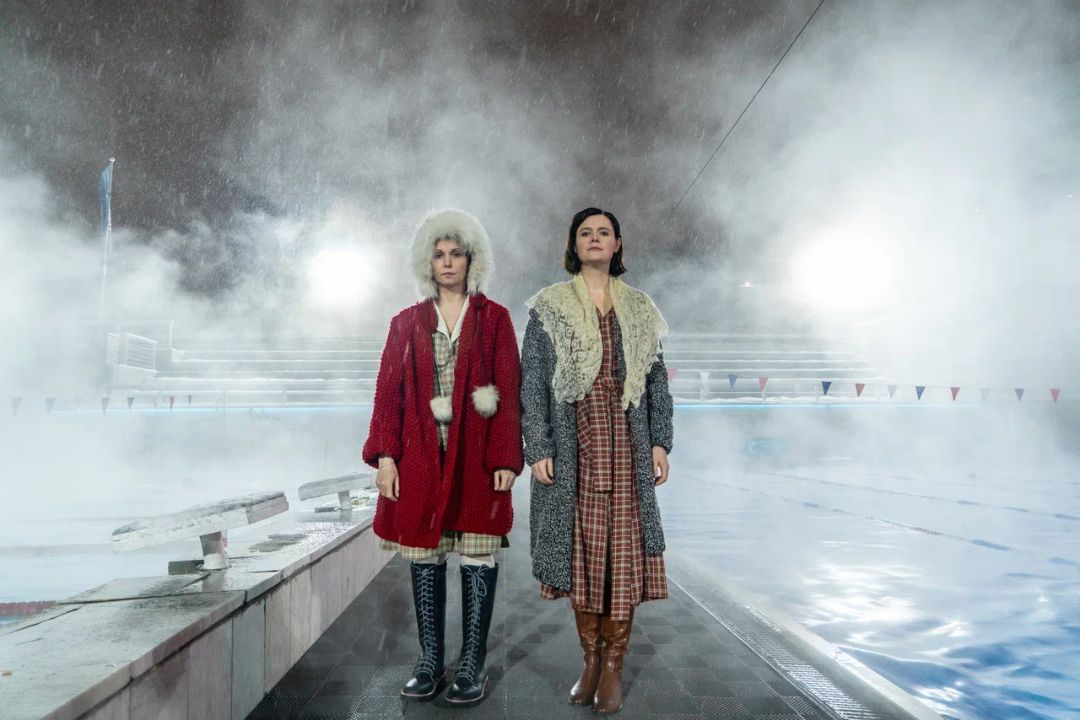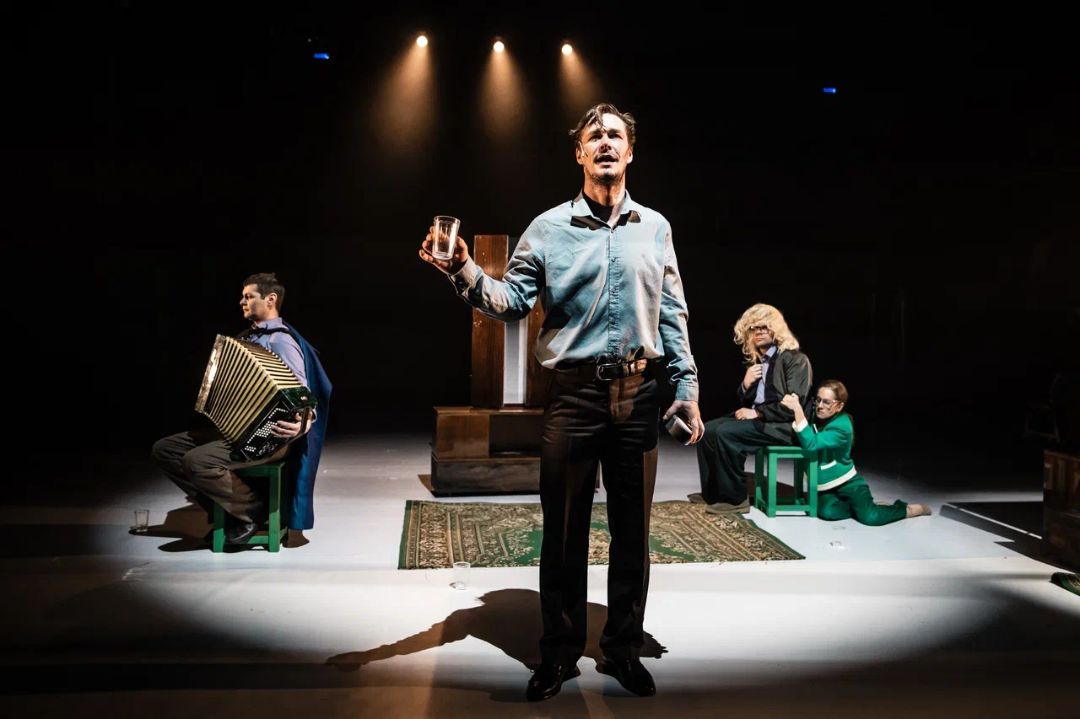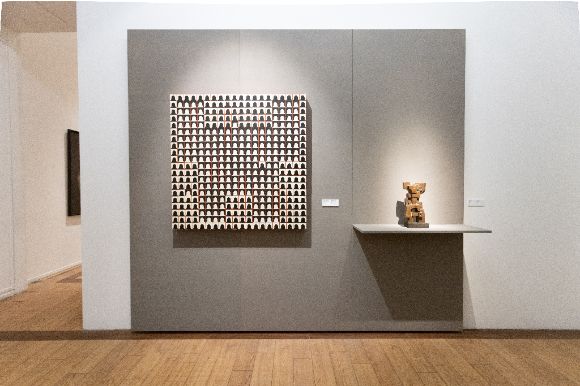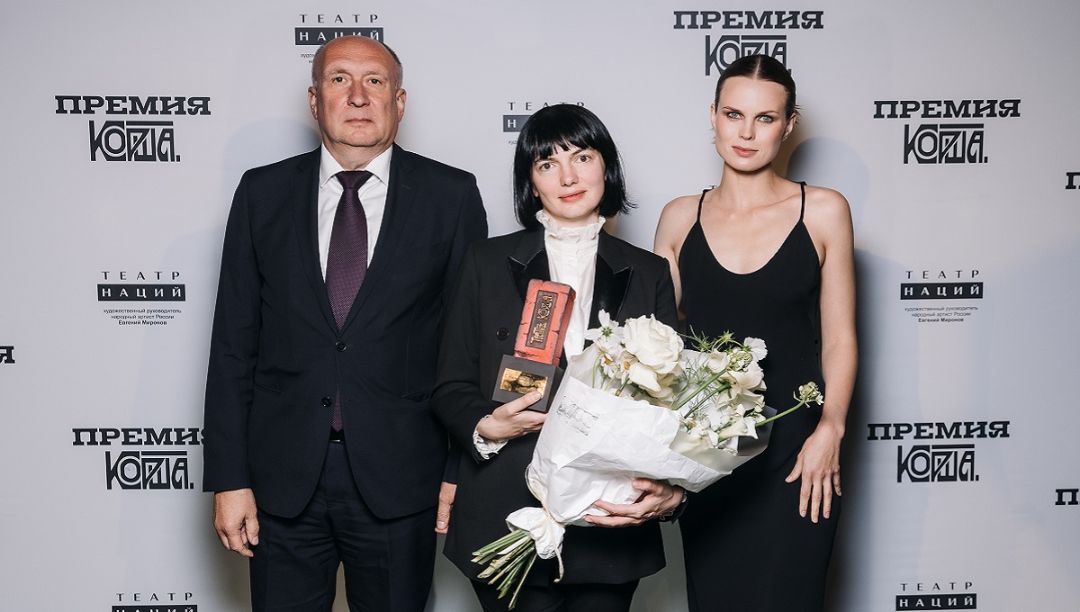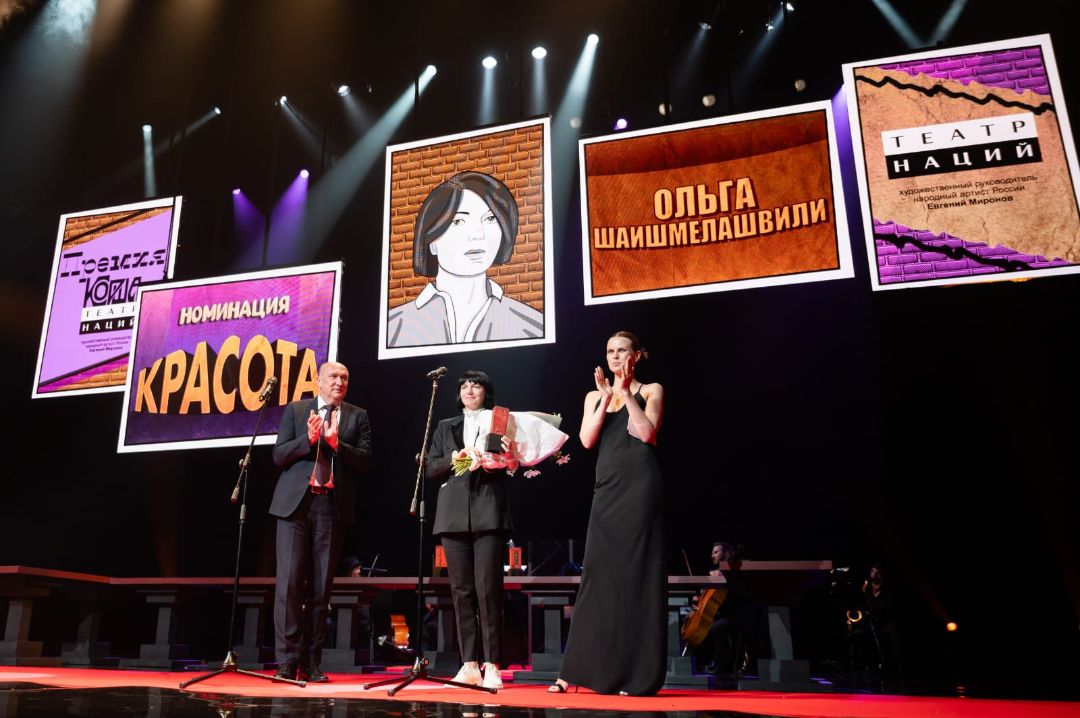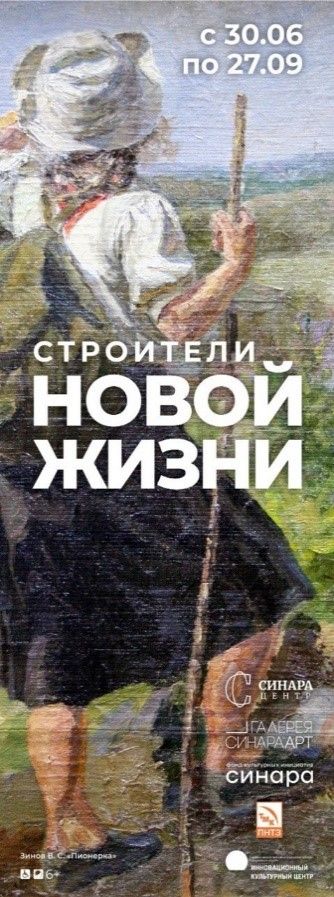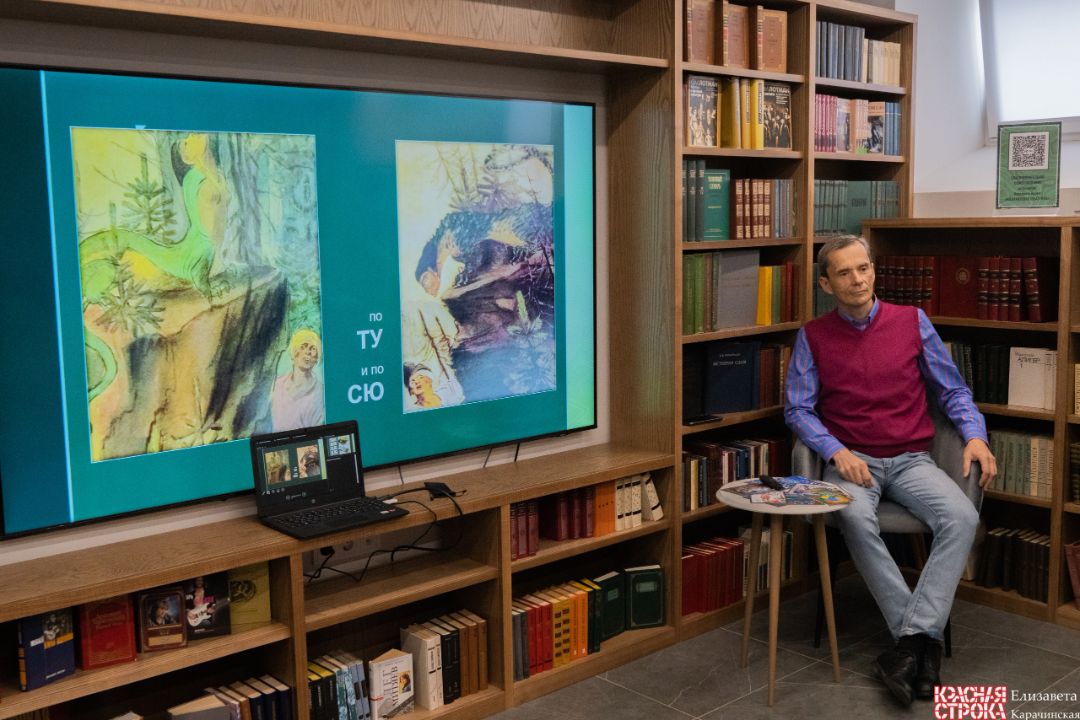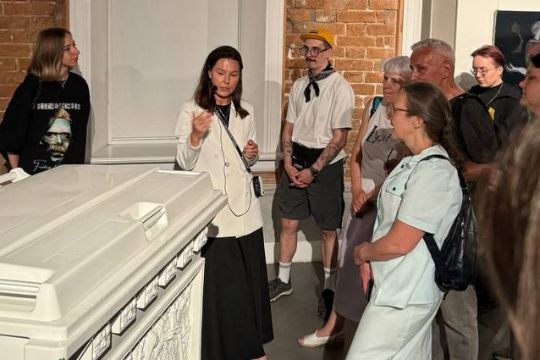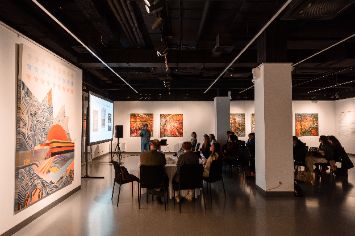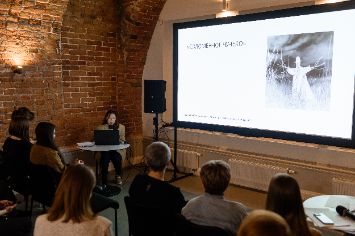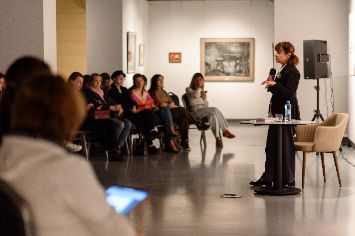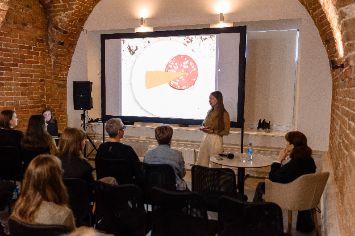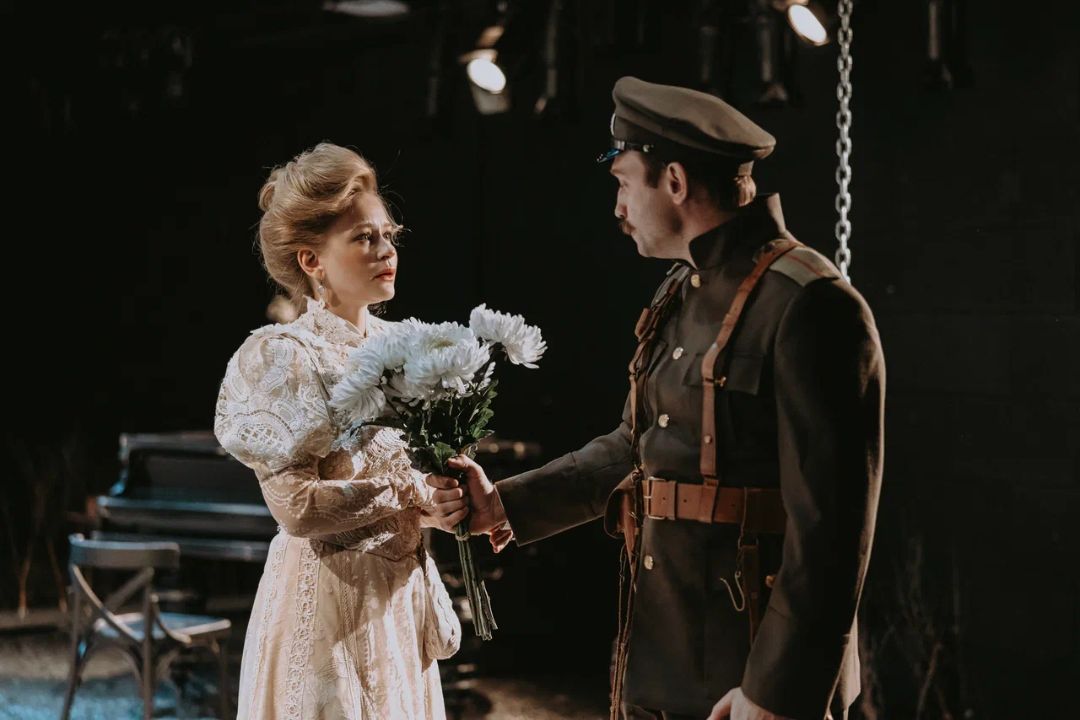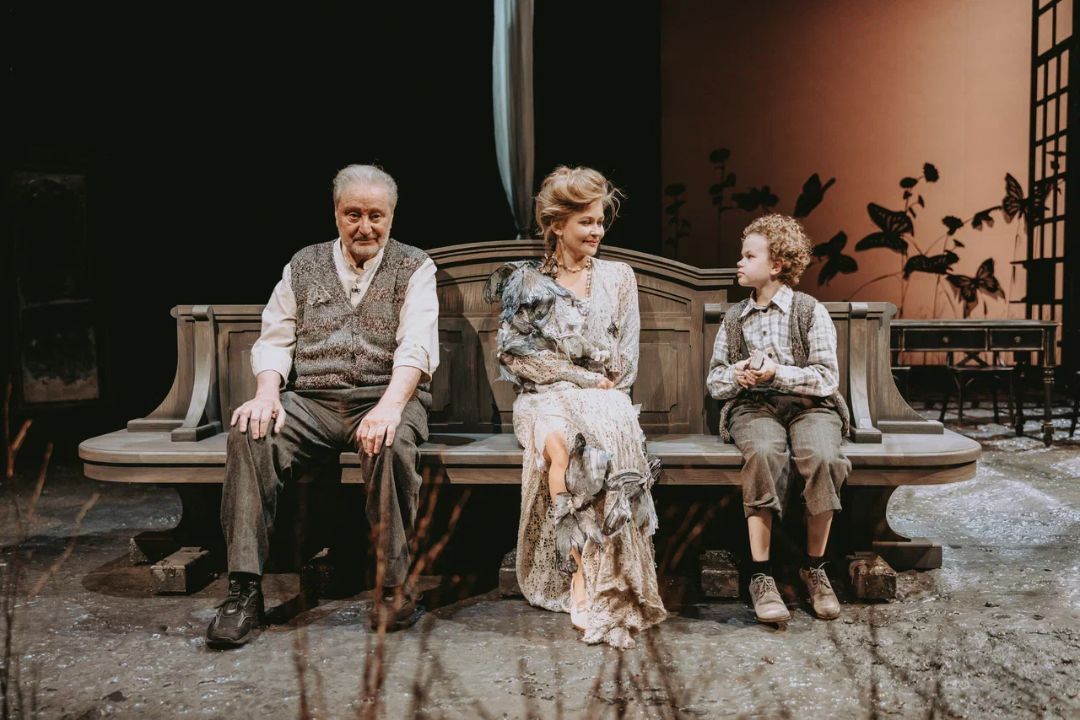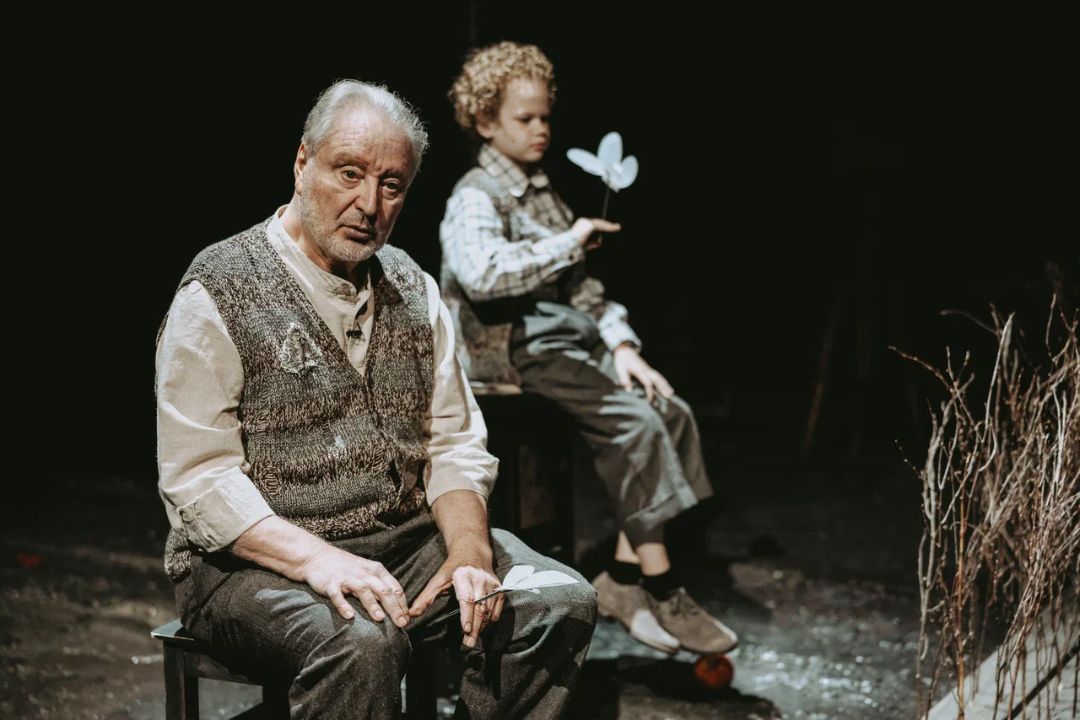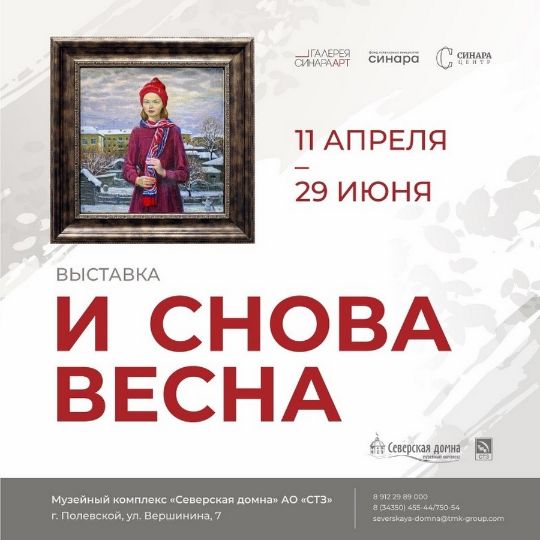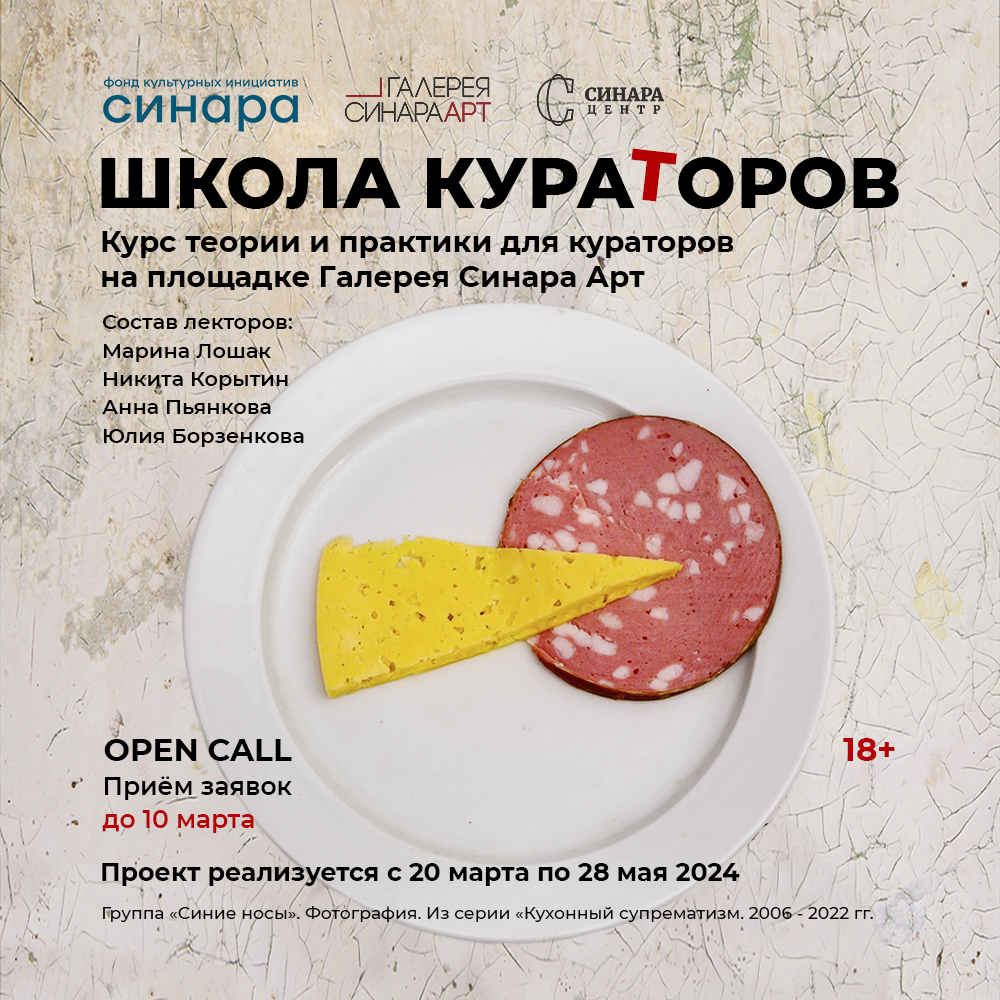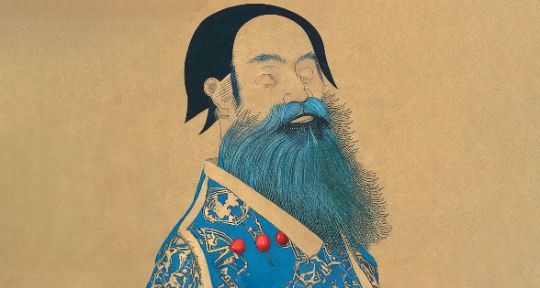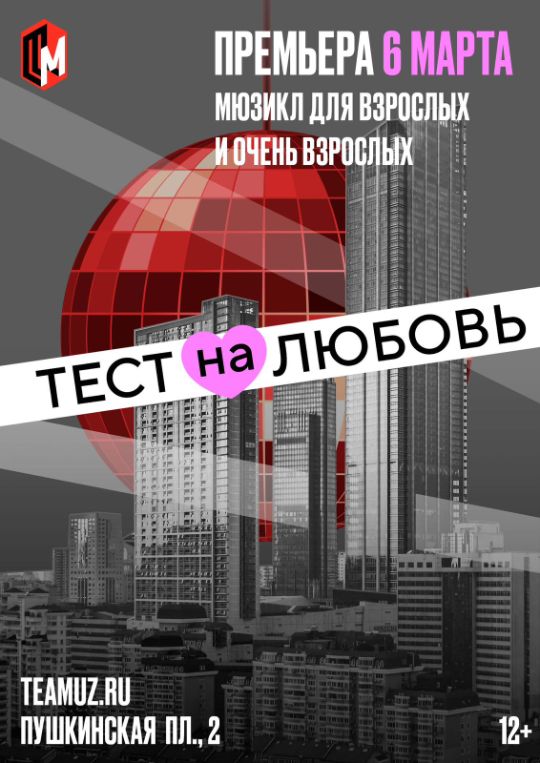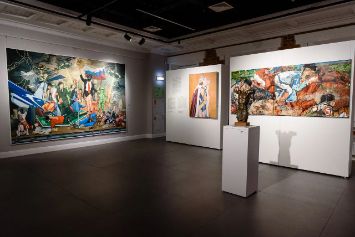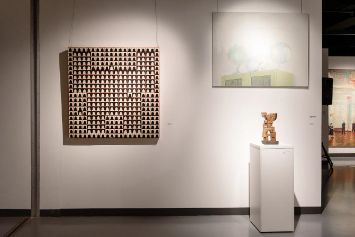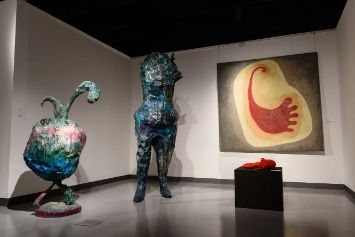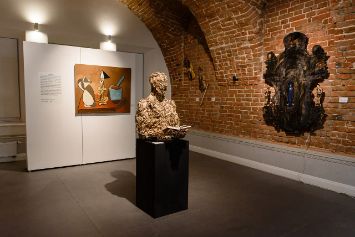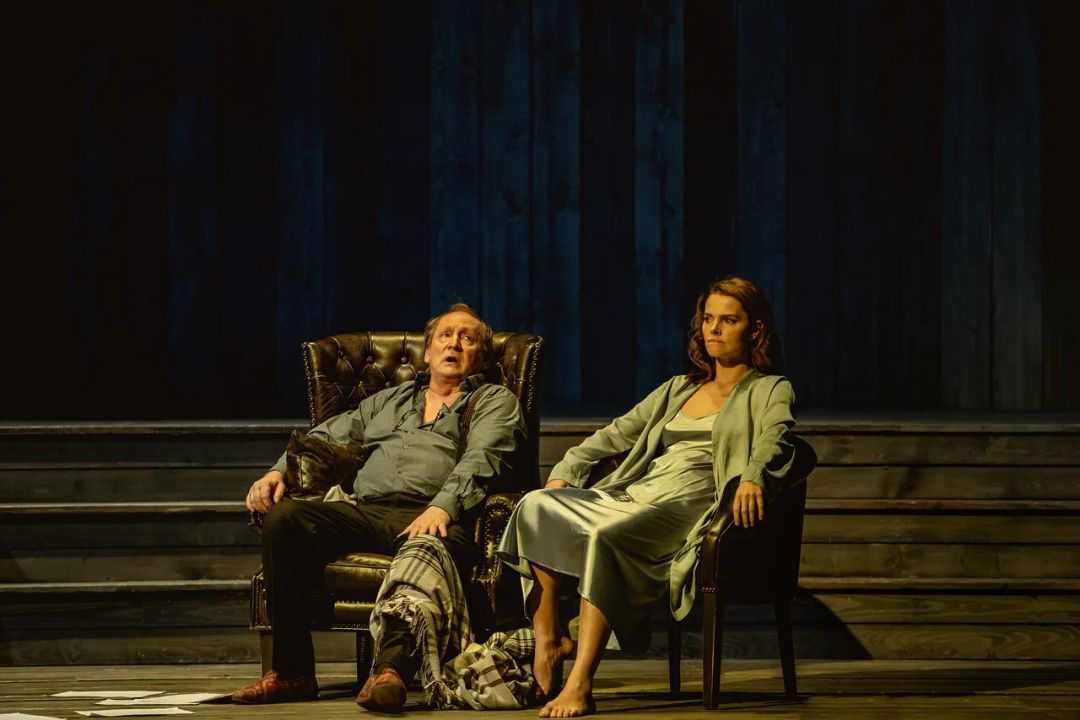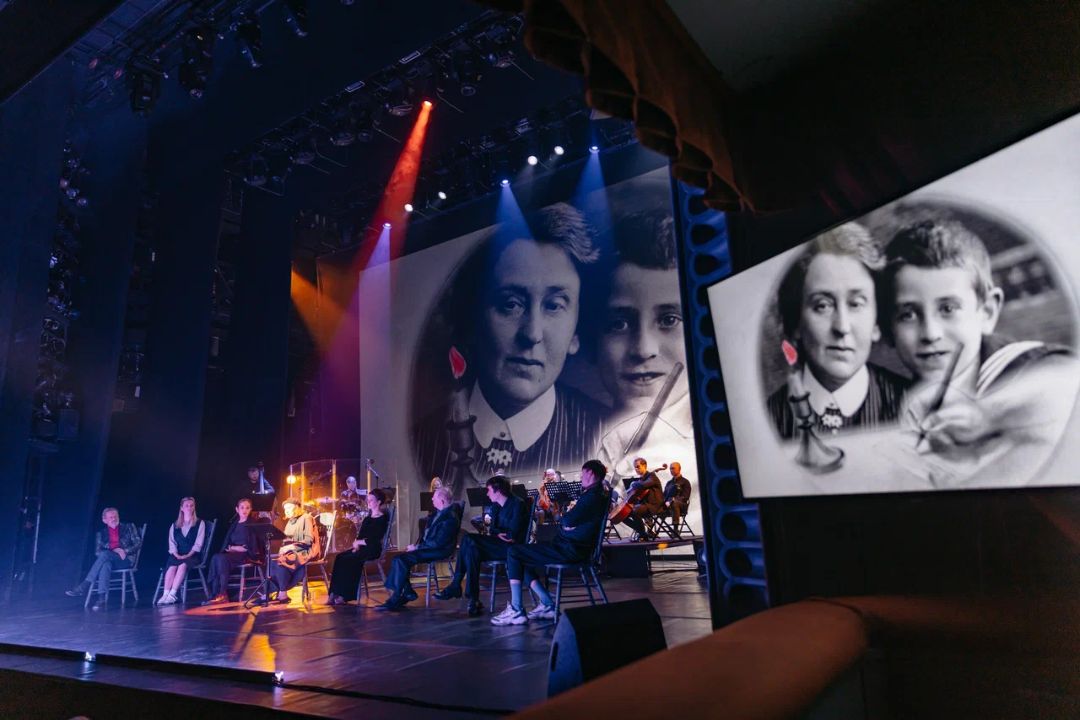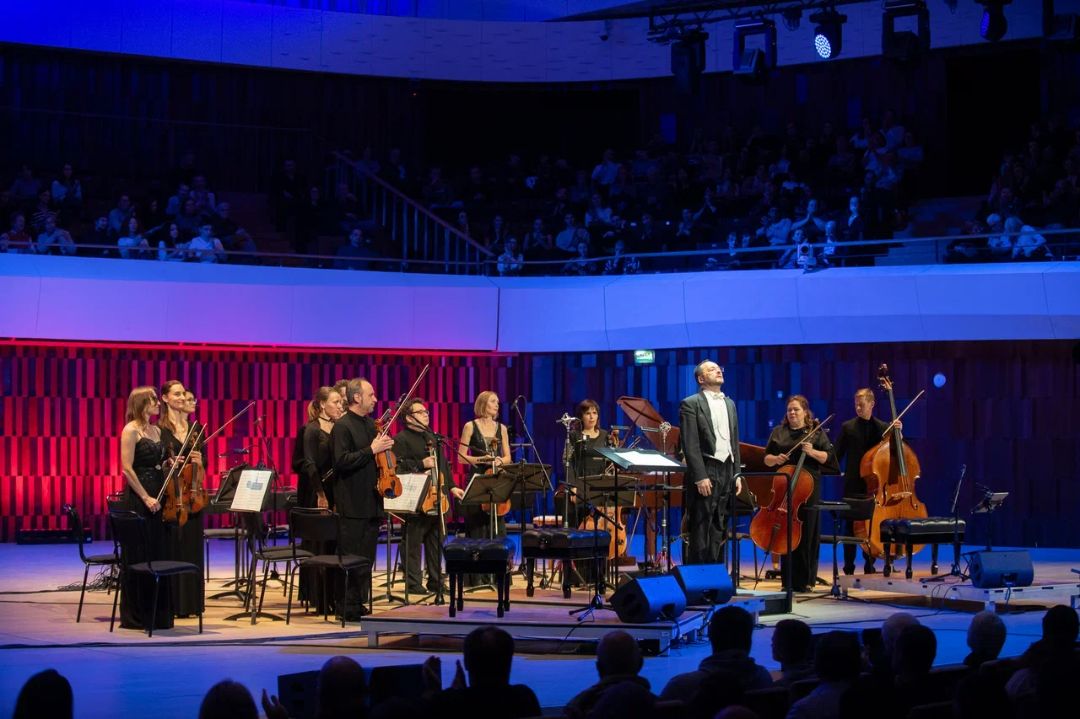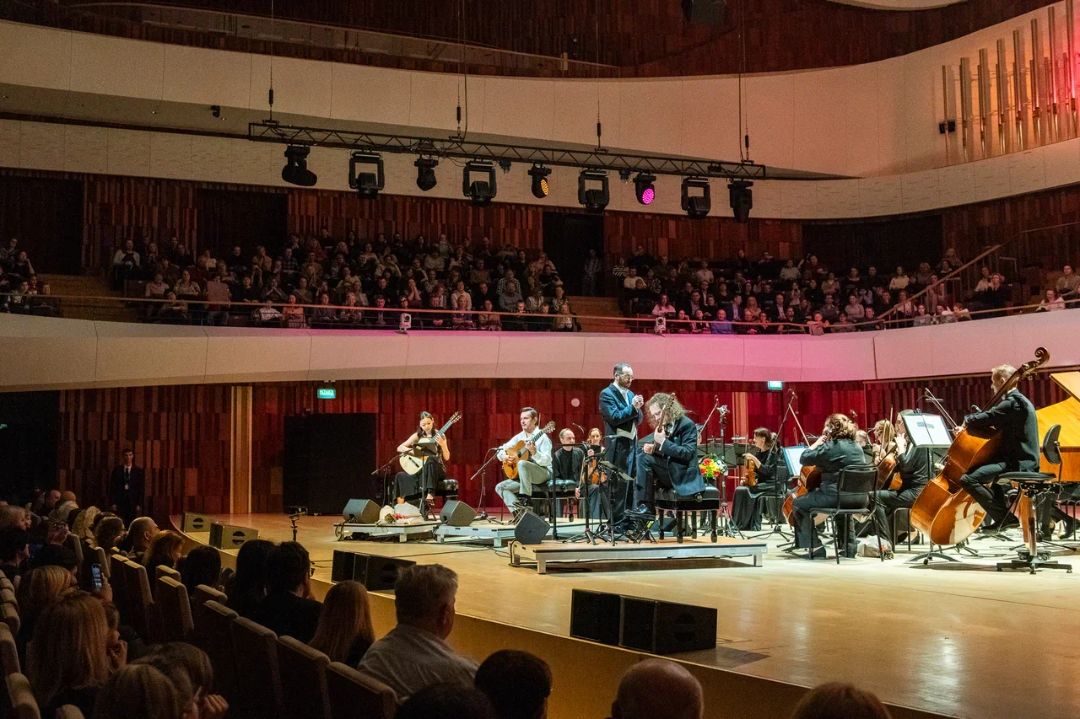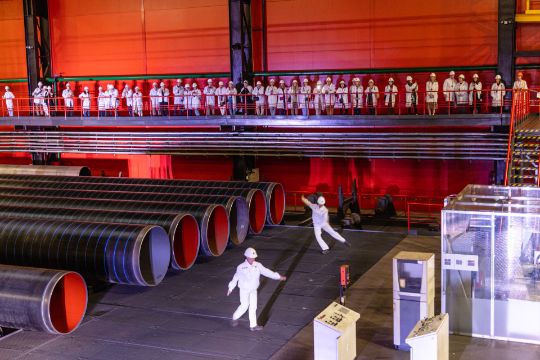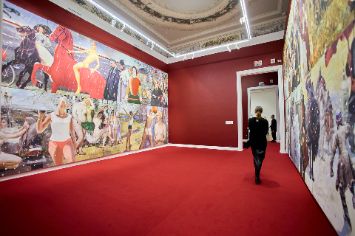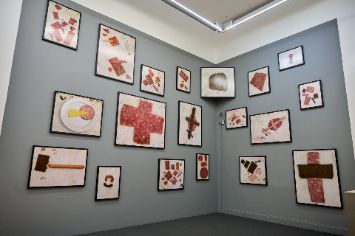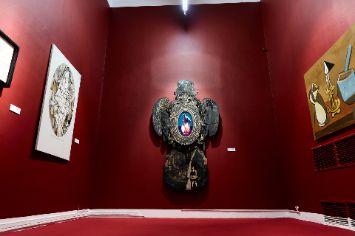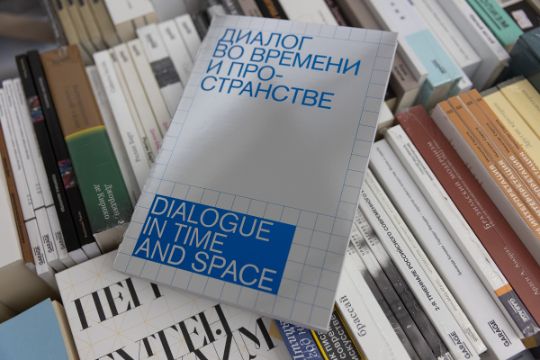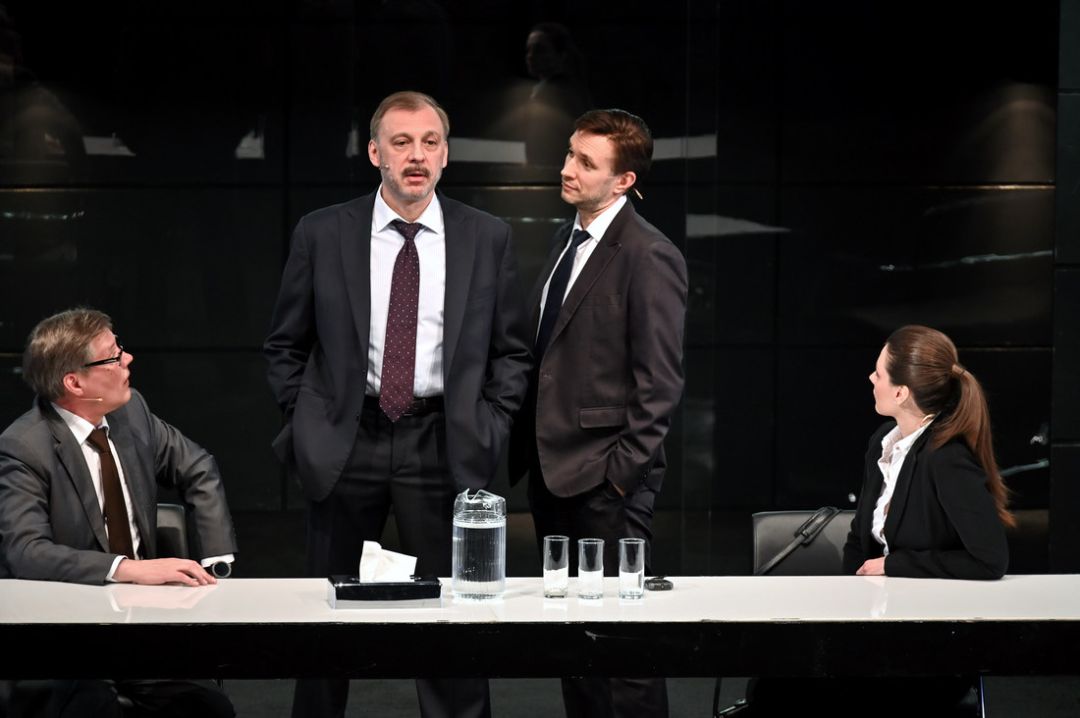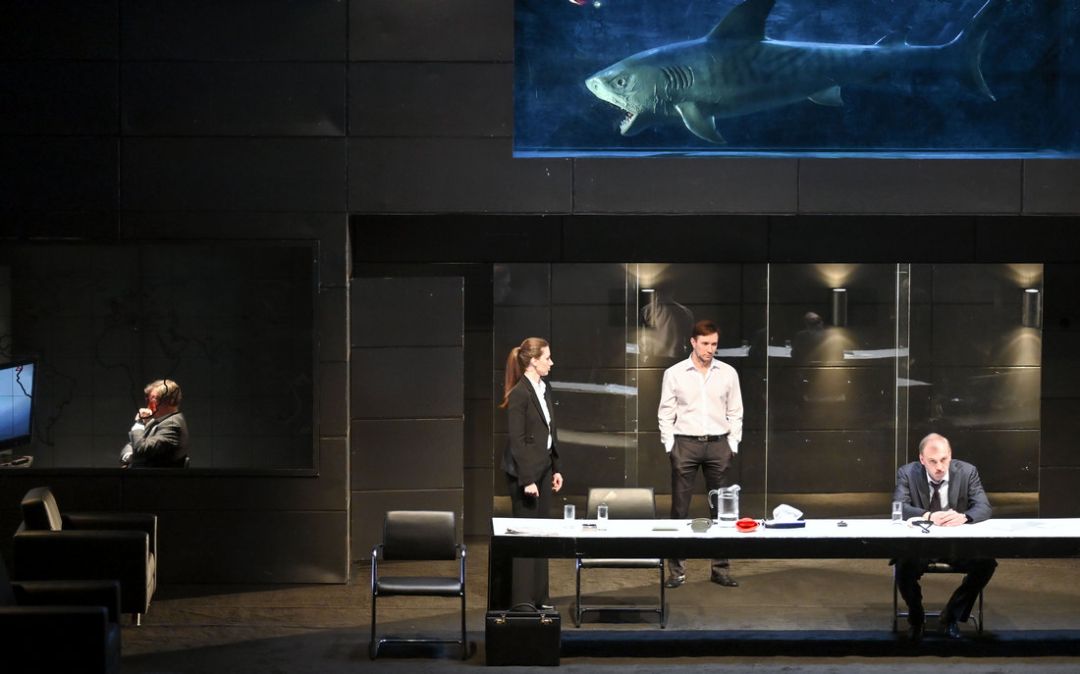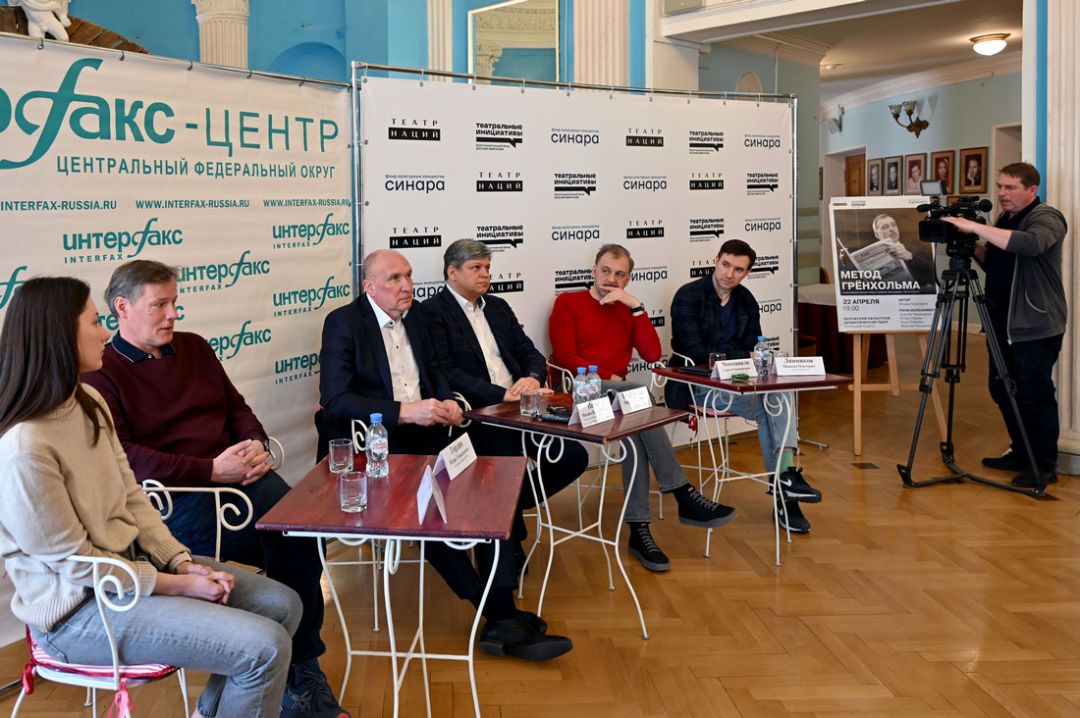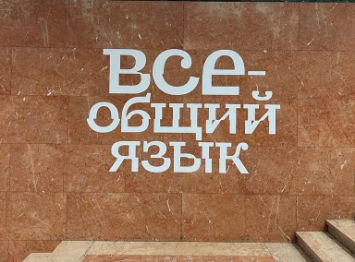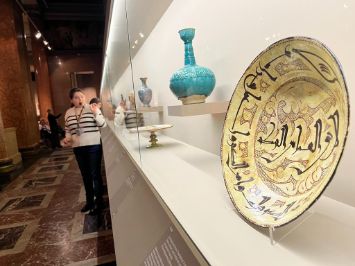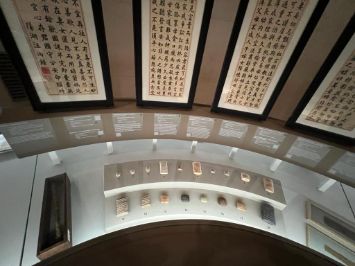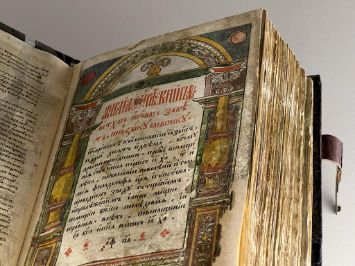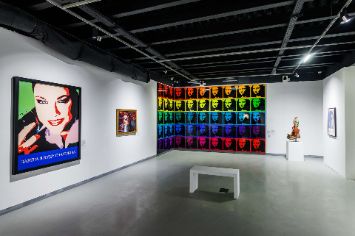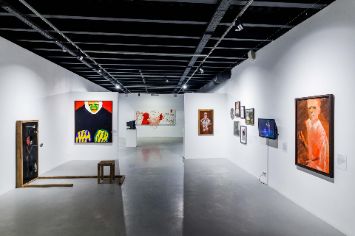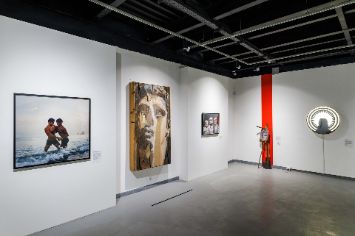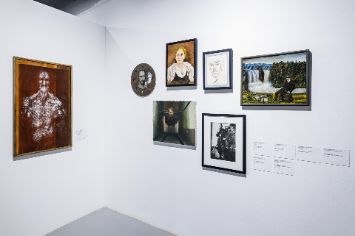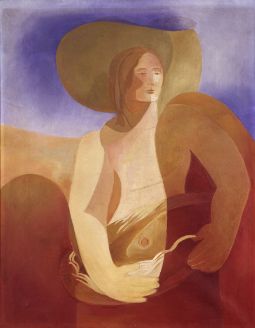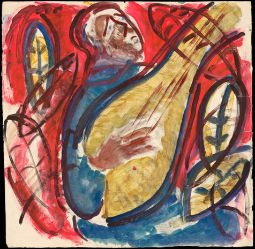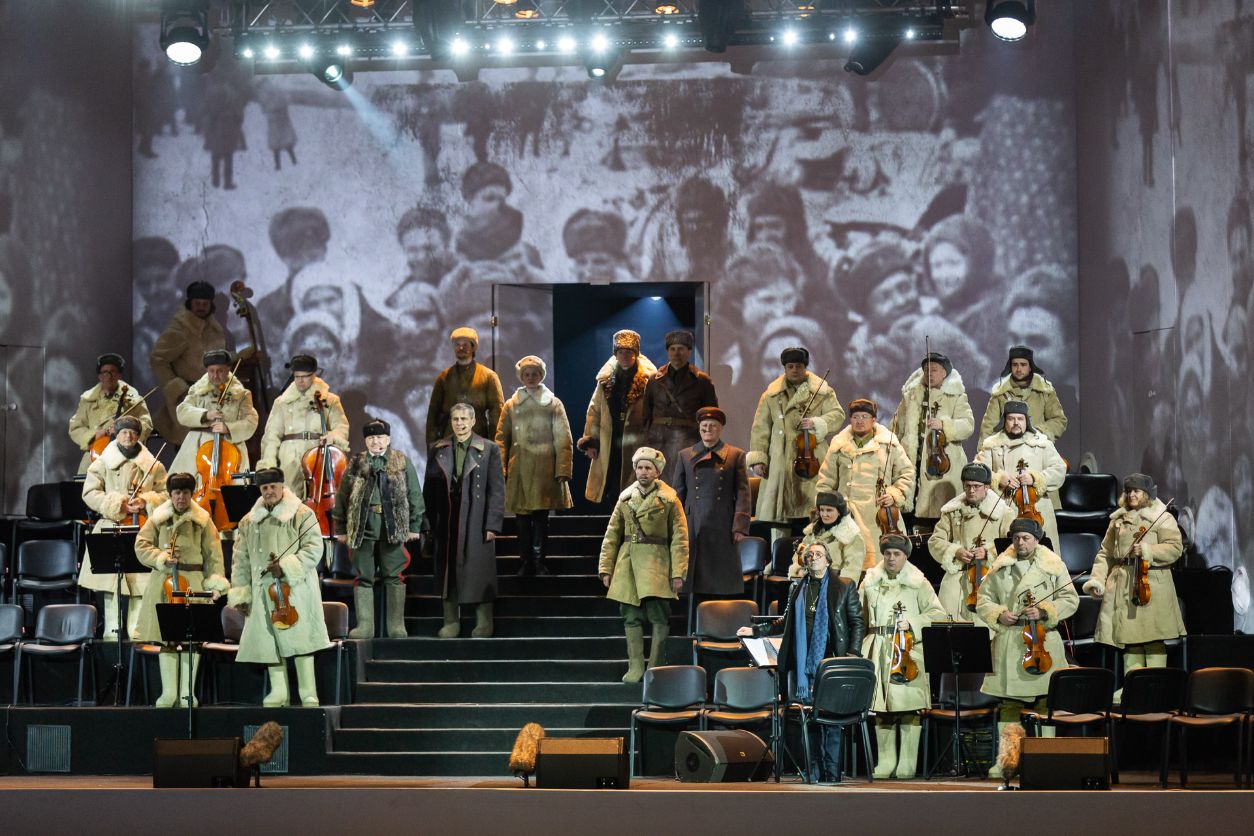The Moscow Museum of Modern Art together with the Sinara Foundation for Support and Implementation of Cultural Initiatives presented the exhibition ‘Dialogue in Time and Space’, which introduces the viewer to the works of Russian artists of the twentieth and twenty-first centuries. The exhibition presents more than 120 works of painting, graphics, sculptures and objects created between 1970 and 2000, demonstrating the richness and diversity of the creative palette of the leading artists of the Urals and Russia as a whole.
‘Dialogue in Time and Space’ is a project that unites two large groups of works. Some of them were created in different cities and even countries, while others were created exclusively in the Urals. The dramaturgy of the exhibition space is built into the architecture of the Petrovka mansion, supported by the representative and historical topography.
As a basis for the thematic sections formed in the museum's halls, the most important, fundamental for contemporary art problems of ecology, urbanisation, as well as issues of recent history and cultural self-identification are taken. A separate space is dedicated to the industrial theme that is ‘branded’ for the Urals. Among others, the exhibition presents the names of artists belonging to the Sverdlovsk underground, whose hallmark is bold experimentation with form, rethinking the abstract school and practical constructivism. This serious research experience contrasts in an interesting way with the postmodernism of the noughties, its ironic context. The most recognisable charismatic figures of the artists are introduced in a kind of hall of ‘giants’.
Naming names, we should mention the symbolic ‘centre’ of the exposition, marked by the works of Dmitry Prigov, Timur Novikov, Yuri Zlotnikov, Ilya Kabakov and Oleg Kulik. Ernst Neizvestny forms a ‘bridge’ to the Urals – not only in origin, but also in his plastic method. The canvas that became the visual key of the project belongs to Valery Dyachenko, a representative of the Uktus School group, a legendary figure of the Sverdlovsk underground. The works of Urals artists Oleg Elovoy, Nikolai Fedoreev, Ekaterina Poedinshchikova, and Vladimir Seleznev enter into dialogue with works by famous representatives of Russian contemporary art, such as Blue Noses and Recycle, Alexander Brodsky, Irina Korina, Alexandra Paperno, Georgy Ostretsov, Ivan Gorshkov, Diana Machulina, and many others.
The ‘Dialogue in Time and Space’ project continues MMOMA's strategy of cooperation with regional institutions and is designed to emphasise the individuality of creative approaches – this method is the basis for the selection of works by the Sinara Foundation for Support and Implementation of Cultural Initiatives for display in MMOMA's halls. The intersection of cultural and geographical models in addressing the specifics of regional art united the efforts of the two institutions and became a unique experience of their interaction.
